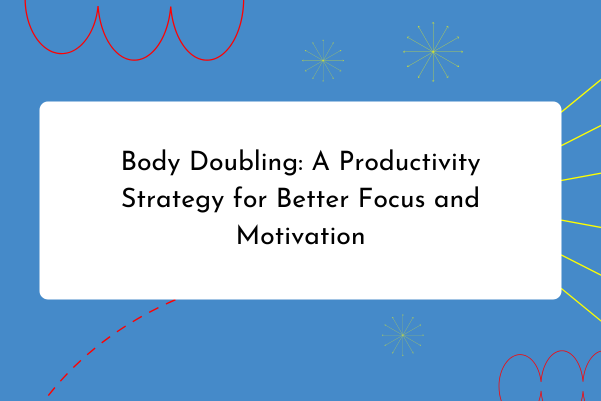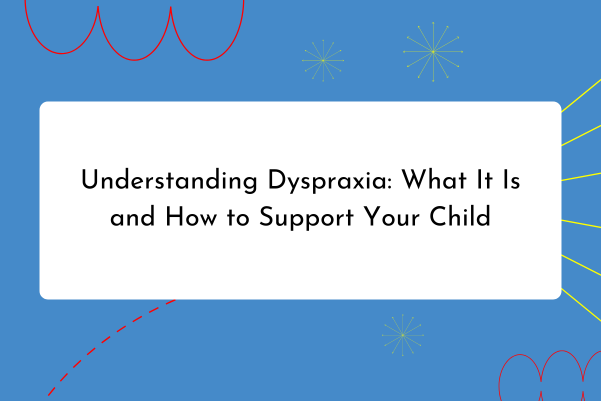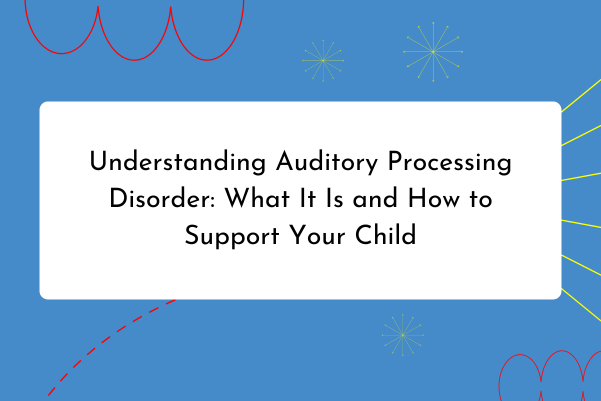Understanding
Autism Spectrum Disorder (ASD)
and Supporting Your Child
Autism Spectrum Disorder (ASD) is something that many parents come to know, often unexpectedly. Out of the 60 responses we received, 51 parents shared that their child has been diagnosed with ASD. It’s a journey that can be challenging, but with the right support and understanding, it can also be incredibly rewarding.
What is ASD?
ASD is a developmental condition that affects how a person interacts with the world around them. It influences communication, behavior, and how someone experiences sensory input. It’s called a “spectrum” because it varies widely from person to person—some children may need more support, while others may need less. Every child with ASD is unique, with their own strengths and challenges.
How Can Parents Support Their Child with ASD?
- Learn and Understand
Educating yourself about ASD is the first step. The more you understand, the better you’ll be able to support your child. Read up on the condition, attend workshops, or join support groups where you can connect with other parents who are on a similar journey. Understanding ASD will help you navigate the ups and downs with more confidence. - Create a Routine
Many children with ASD thrive on routine. Knowing what to expect helps reduce anxiety and makes daily life more manageable. Try to keep consistent schedules for meals, bedtime, and activities. If changes are necessary, prepare your child in advance to ease the transition. - Encourage Communication
Communication can be a challenge for children with ASD, but it’s essential to encourage it in any form that works for your child. This might be through spoken language, sign language, picture cards, or assistive technology. Celebrate every effort they make to communicate, and be patient as they find their voice. - Focus on Their Strengths
Children with ASD often have areas where they excel. It might be in music, art, math, or a special interest that captivates them. Encourage these passions, as they can be a source of joy and confidence for your child. Focusing on strengths can also provide them with opportunities for growth and learning in areas they find enjoyable. - Seek Professional Support
Therapy and professional support can make a big difference. Early intervention with therapies such as speech therapy, occupational therapy, or behavioral therapy can help your child develop crucial skills. Regular check-ins with professionals who understand ASD can guide you in finding the best resources and strategies for your child. - Create a Supportive Environment
Your home should be a place where your child feels safe and understood. This means being patient, flexible, and accepting of who they are. Small adjustments, like creating a sensory-friendly space or reducing overwhelming stimuli, can help your child feel more comfortable and secure. - Connect with Others
You don’t have to go through this alone. Connecting with other parents, caregivers, and professionals who understand ASD can provide emotional support and practical advice. Sharing experiences and resources can make the journey feel less isolating and more manageable.
Final Thoughts
Raising a child with ASD comes with its unique challenges, but it’s also filled with moments of joy and pride. Every step forward, no matter how small, is a victory. By understanding ASD and providing the right support, you can help your child thrive in their own way.
Remember, you’re not alone in this journey. There are resources, communities, and professionals ready to support you and your child every step of the way.






